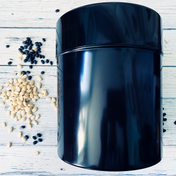Daisy, Ox-Eye Flowers
Description
Description
The Ox-Eye Daisy (Leucanthemum vulgare) is a perennial flowering plant that is commonly found in gardens and natural landscapes. This species is characterized by its distinctive white petals and yellow central disc, making it a popular choice for ornamental gardening. The plant typically reaches a height of 1 to 3 feet and blooms from late spring to early fall, providing a long-lasting display of flowers.
One of the notable features of the Ox-Eye Daisy is its adaptability to various soil types. It thrives in well-drained soils but can also tolerate poorer soil conditions, which makes it an excellent choice for gardeners looking to fill challenging areas. The plant prefers full sun but can also grow in partial shade, although flowering may be reduced in lower light conditions.
In terms of maintenance, the Ox-Eye Daisy is relatively low-maintenance. It requires minimal watering once established, as it is drought-tolerant. However, regular deadheading can promote further blooming and prevent the plant from becoming overly invasive, as it can self-seed readily. It is important to note that while the Ox-Eye Daisy can enhance the aesthetic appeal of a garden, it may also compete with native flora if not managed properly.
From a horticultural perspective, the Ox-Eye Daisy is beneficial for attracting pollinators, including bees and butterflies, which are essential for maintaining biodiversity in garden ecosystems. The flowers provide a source of nectar, contributing to the overall health of pollinator populations. Studies have shown that gardens with a variety of flowering plants, including the Ox-Eye Daisy, can increase pollinator visitation rates by up to 50%.
In addition to its ornamental value, the Ox-Eye Daisy has historical significance in traditional medicine. Various parts of the plant have been used for their anti-inflammatory and antiseptic properties, although scientific evidence supporting these uses is limited. As with any plant, caution should be exercised when considering medicinal applications, and consultation with a qualified professional is recommended.
In summary, the Ox-Eye Daisy is a versatile and attractive addition to any garden. Its ability to thrive in diverse conditions, coupled with its role in supporting pollinator health, makes it a valuable plant for both aesthetic and ecological purposes. Gardeners should consider incorporating this species into their planting schemes to enhance both the beauty and biodiversity of their outdoor spaces.
SEED PLANTING TIPS
- Botanical name: Leucanthemum x superbum
- Hardiness zones: 4-9
- Planting season: Spring
- Days to maturity: 1st or 2nd year
- Cold stratify: Yes
- Depth to plant seeds: Lightly cover - seeds need light to germinate
- Spacing between plants: 18"-24" apart
- Days to germinate (sprout): 14-21 days
- Germination soil temps: 65F-70F
- Soil types: Loamy, moist, well-drained
- Soil pH: 5.5-6.2
- Water needs: Low - do not overwater
- Sun needs: Full sun
- Frost tolerant: No
- Drought tolerant: Yes
- Deer resistant: Yes
⭐ FEATURED COLLECTIONS
View all seeds listed A-Zcontinue shopping
👩🌾 CUSTOMER FAVORITES
View allPOPULAR VARIETY PACKS
View allESSENTIAL SUPPLIES & MORE
View all*FREE* ORGANIC GARDENING MASTER eBOOK (includes all grow guides) is backordered and will ship as soon as it is back in stock.
We now accept the following payment methods
*FREE* Heirloom Tomato Seed Kit - Limit 1 per order is backordered and will ship as soon as it is back in stock.
continue shopping





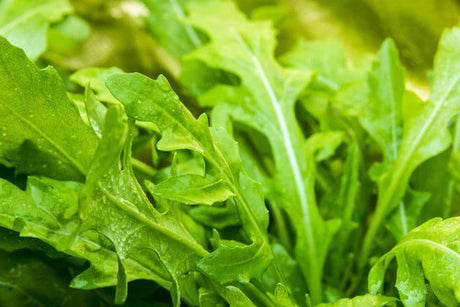

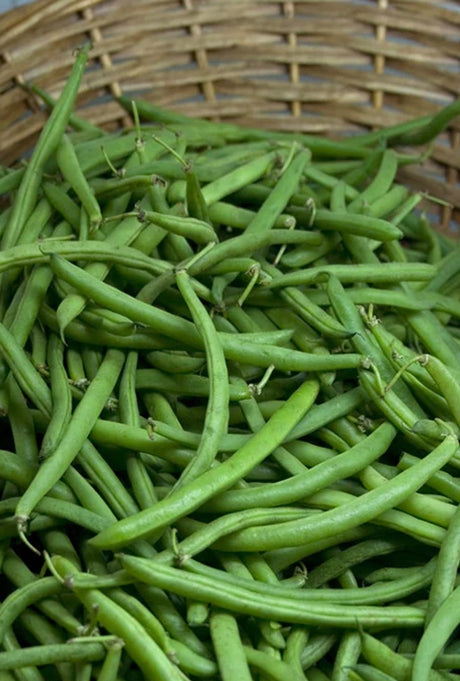
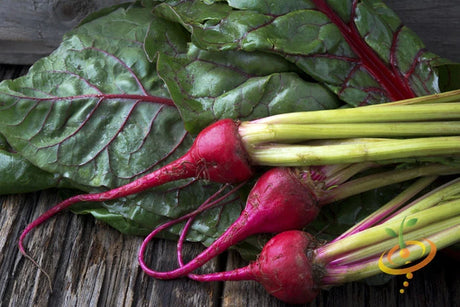








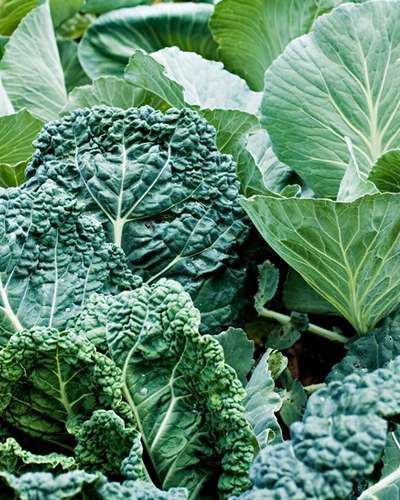









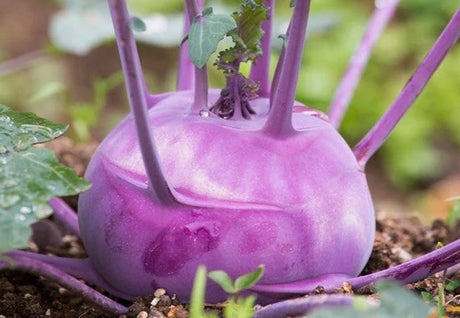


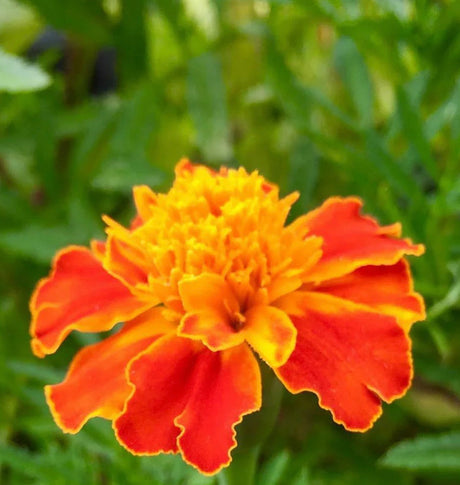




















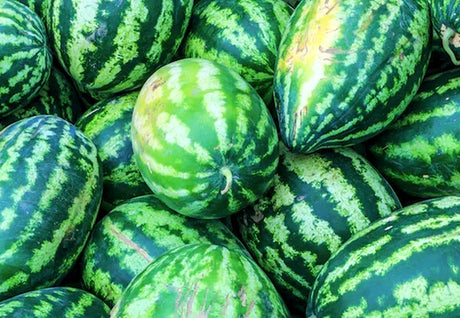





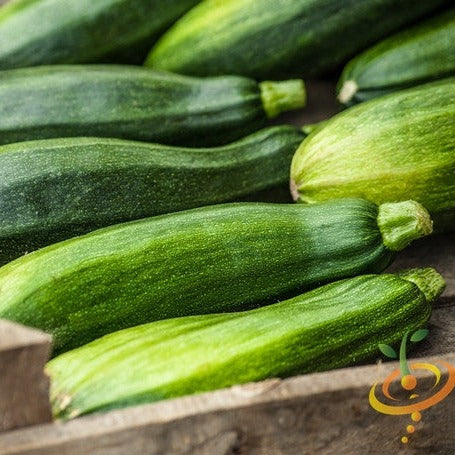




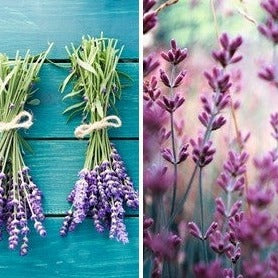




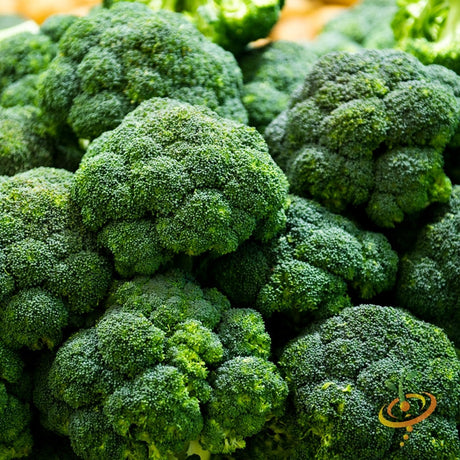





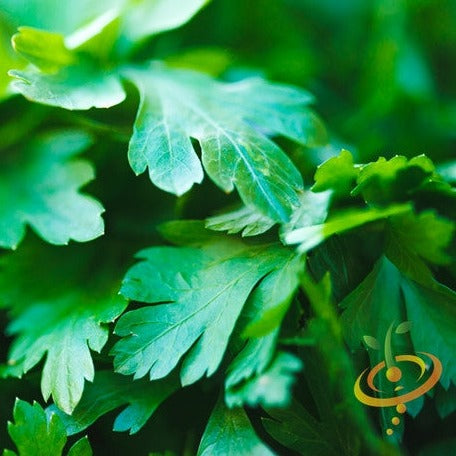











































![Tomato - Homestead [DETERMINATE].](http://diybackyardfarm.seedsnow.com/cdn/shop/products/Tomato_-_Homestead_seeds.jpg?v=1743499054&width=1214)










